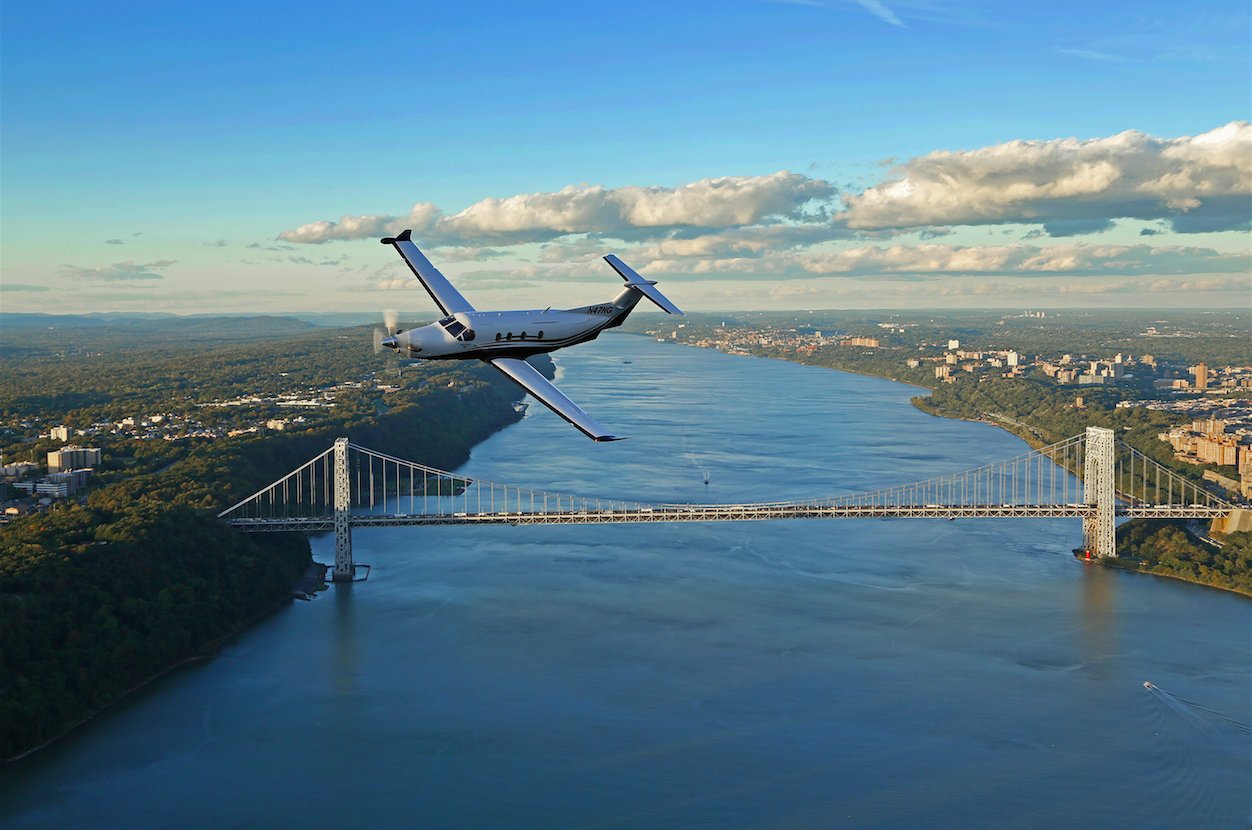For most New Yorkers traveling by private aviation, Teterboro airport seems like the logical choice over Westchester, its lesser-known counterpart in White Plains. Its dual X-pattern runways are longer—7,000 and 6,015 feet versus Westchester’s 6,548 and 4,451 feet—plus it handles more flights per day on average: 457 vs 375.

More importantly, Teterboro has one big advantage in the eyes of many charter-jet consumers: It is only eight miles from the George Washington Bridge, whereas White Plains is 26 miles from Manhattan.
So why does David Zipkin, Co-Owner of Tradewind Aviation—which flies to both airports—say he’s a White Plains fan? He doesn’t have an axe to grind, but here’s his perspective.
“It’s not about the flight,” he says. “It’s what happens when you deplane. Most people think Teterboro, but Westchester can actually be the better bet to get to Manhattan quickly.”
The main reason is transit and before that, air traffic. At Teterboro you have only one option to get there—a car—and then you’re subject to the gods that rule the approaches to New York. The GW Bridge is the busiest bridge in the world and not just on business days. Sunday evenings are particularly bad because the traffic volume is the same as on weekdays, but many fewer people use E-Z Pass, which slows up the pace considerably.

At White Plains, youcan hop on a quick 10-minute ride to the Metro North commuter station in White Plains and be in Grand Central in 33 minutes during rush hour.
Westchester air traffic is also a lot simpler than Teterboro’s. “Teterboro lives underneath Newark,” says Zipkin, describing the airspace as an “upside-down wedding cake.” That means that when there is a northeast traffic flow, Teterboro arrivals are particularly subject to delays—because in-bound Teterboro flights descend into the outbound Newark departure corridor and conflict with the Newark runway 11 arrival corridor. (Thursday afternoons are an especially bad time, according to the New York City Airspace Overview delivered at the NBAA annual convention several years ago.)
“In my opinion, it is the most complex piece of airspace in the country,” said a former Teterboro controller about his old airport. “The amount of traffic that moves in and out, the mix of traffic and the confines and constraints that exist there, it is actually amazing.”
Westchester, on the other hand, despite being farther from Manhattan, doesn’t have such constraints as it is outside the LaGuardia traffic flow.
“Our Manhattan clients typically book Teterboro at first,” Zipkin concludes. “But they begin to gravitate towards Westchester once they’ve had a taste of the traffic and delays in New Jersey. Both airports can be very convenient but during rush hour the better bet is Westchester.
Net-net: Faster in, faster out.

